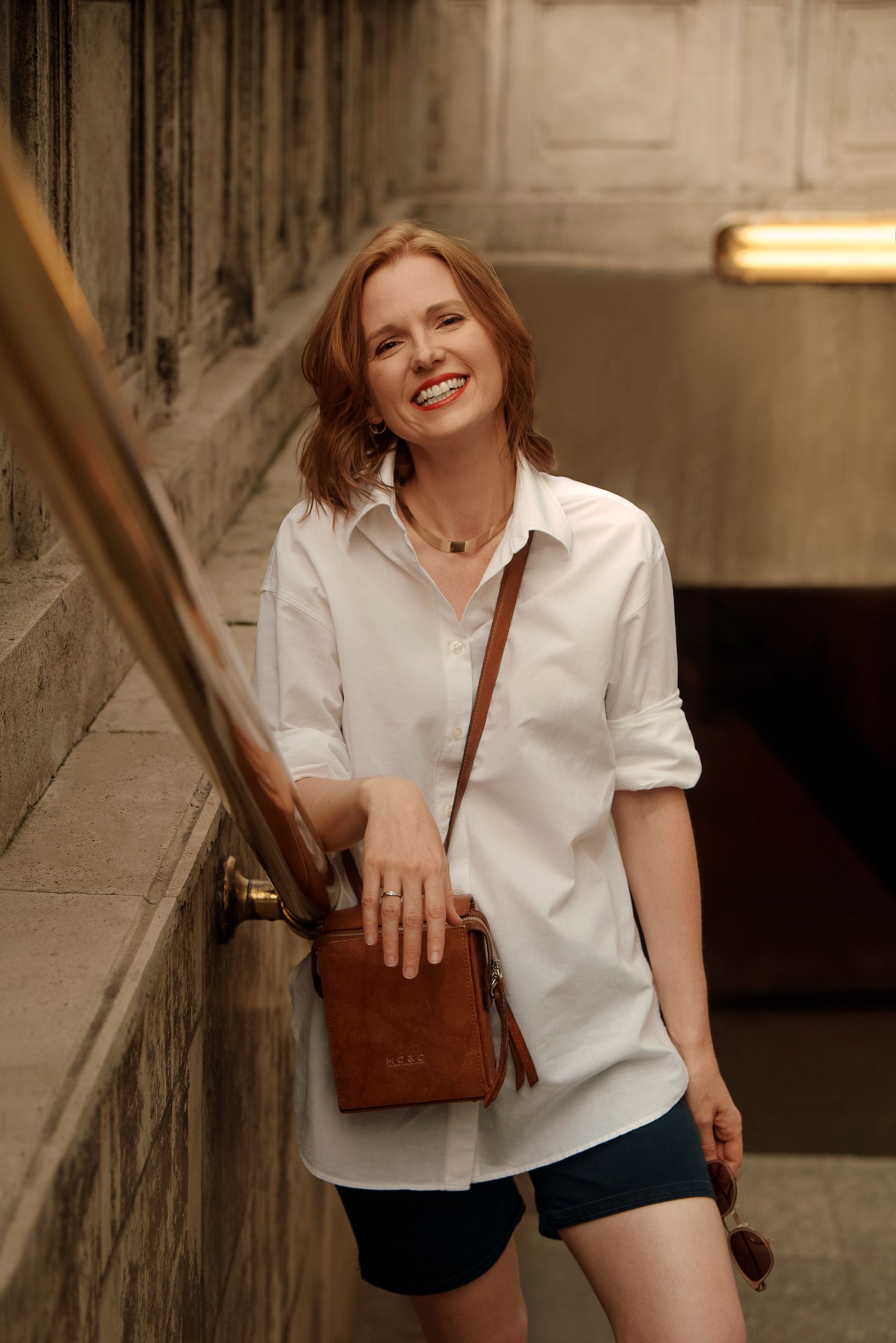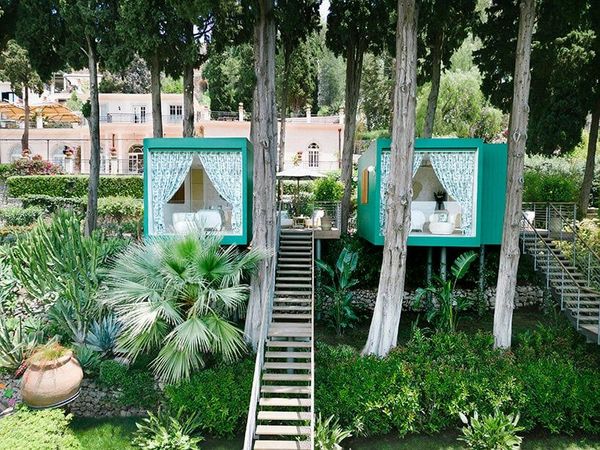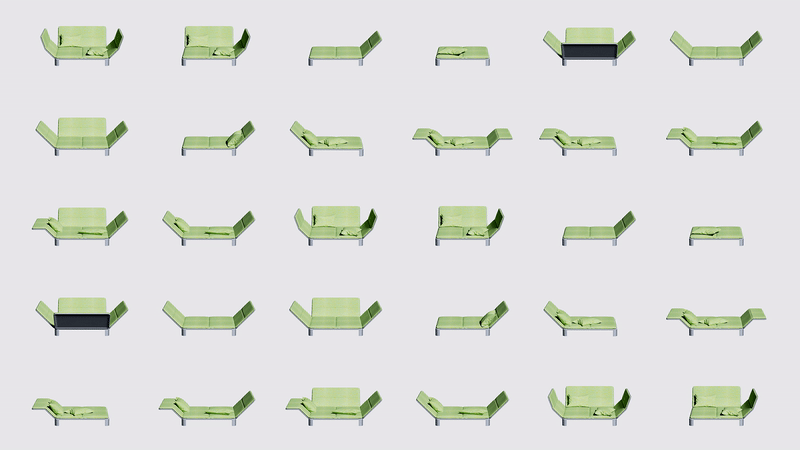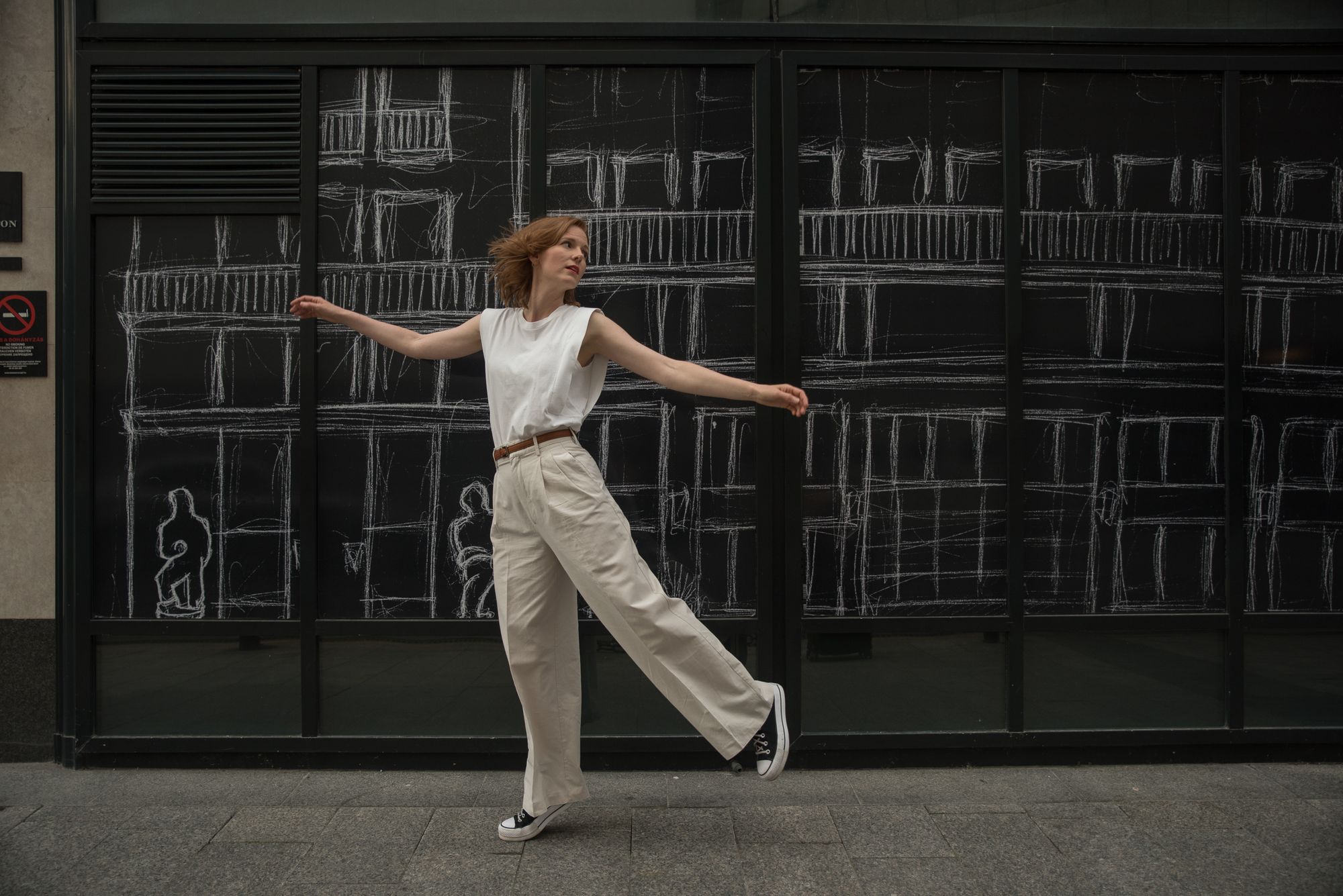Eszter Gózon, a sustainable color and style consultant, has come up with a niche approach: Eszter provides her guests with advice and helps them to dress and shop with an understanding of themselves and their bodies, eliminating the many unnecessary circles, accumulation, and self-flagellation. She does not think sustainability is based on favoring sustainable brands and does not use the word „unflattering”; instead, she teaches self-acceptance. Interview.
Can you tell us a bit about what it means to be a „color and style consultant?” Who should contact you, and who are your potential clients?
I could say everyone, but I have noticed that people usually contact me for two reasons. The first is that they want to integrate sustainability into their lives somehow and are looking for new ways to achieve that. They often start by trying to reduce waste, but then when they open their wardrobe, they realize that it is a much more complex issue regarding clothing: in order to design their wardrobe in a sustainable way, they first need to know what colors, styles and fabrics suit them best. The second direction has nothing to do with sustainability: a lot of people reach out to me with the need to express their femininity somehow better. Of course, this covers a wide range of situations since feminity has many faces and forms. What one wants to emphasize and highlight varies from person to person, but clothes are undoubtedly a great way to express it.
Is it related to a lack of self-confidence? To what extent have you noticed trends in your client base that suggest this assumption?
The percentage of clients who really have an overarching lack of self-esteem is very small in my case; I would say about 10%. However, without exception, everyone has some frustration. All women have one or two soft spots that can hurt like hell when mentioned. Some of them come from social expectations, but they are mostly rooted in childhood experiences. Comments from the „lovely” aunt, mother, father, brother, or sister – my clients often mention more than one sayings from which one would be enough to destroy one’s self-esteem for life. Of course, they get these sentences because their family members have also heard them from someone else about how someone should look. It is a very complex issue; I try to focus my communication on lifting the burden off people’s shoulders and releasing the tensions that people have. Many people’s expectation is to turn at least some of the burdens they have brought into awareness. They want to learn to separate the sentences they have carried and internalized from the ones that are really their authentic thoughts. This is also a kind of self-awareness.

As I read your site, I came to associate it with body positivity - are you consciously involved in this movement? What are your thoughts on it?
For anyone who works as a color consultant, the job is about finding what is beautiful in a person and helping them to show the harmony of their natural colors. But the analysis of the body shape is also part of the work, which is particularly exciting for me because there is such a huge and interesting change in what body shape we idealize: in the nineties, Kate Moss was the most attractive, then came the Kardashians. And it is very difficult to gauge how well our body fits in with the current trend. That is why for me, body shape analysis is not about what fits well and what does not, but about what effect one can achieve with what kind of clothes. After that, it is up to the client what they do with the information. If she likes to emphasize that she has thick thighs, strong shoulders, or wide hips, she is now aware of how she can do it. I focus each session on what the client thinks about their body, what they feel, what frustrates them, what they want to achieve, and see what they can do within that framework. We also look at if, let’s say, she gains or loses 20 kilos, then what she can do to shift the focus or highlight what she wants. I teach them some optical tricks. Moreover, I also reassure people that they do not always have to be at their best. Sometimes, they can just simply look bad; it is okay.
„You do not become sustainable by where you shop,” you said earlier. Can you explain what you mean by that?
The sustainable fashion movement started abroad, and after a while, people started to think that they could only be sustainable if they bought „well.” However, it turned out that there are body shapes and sizes for which brands that claim to be sustainable simply do not produce clothes. Moreover, not everyone can afford to pay more for a better quality dress in one lump sum. You can indeed wear something more expensive for a longer time, but if you do not have enough money, you must buy something cheaper, which is usually fast-fashion products.
The question then arises: can many people simply never be sustainable as they cannot afford to buy sustainable products?
My experience is that previously I bought almost everything either second-hand or from a sustainable brand, but I still hated my whole wardrobe. So, although I shopped sustainably, my wardrobe itself was actually not sustainable, as I did not like my clothes and would have liked to replace all of them. That is how I started my journey with color and style consulting, as I realized that it is not enough to buy sustainably. Much more awareness is needed, right from the first steps, when we figure out that we need a new piece of clothing. Believing that sustainable consumption is the way to sustainability is the result of marketing strategy and advertising, just as believing that if you get into a particular car, you will have the same happy life as in the car’s advertisement. It is far from the whole truth. How consciously we build up our wardrobe, what we do with our clothes after we buy them, and what ideas we convey to the people around us are just as important as where we shop. Obviously, shopping is important, but that alone does not make someone sustainable; you need all the other factors too.

You also said that „I am not a green snob.” But who is a green snob?
This is not so typical in Hungary, where we are perhaps a bit more realistic. To me, „green snobbery” is more about not taking into account other people’s living circumstances and thinking that there is a certain defined path to becoming sustainable and that anyone who does not follow that path is not good enough and not doing enough. But what I see is that people who think like that are also just imperfect humans. And sustainability is the kind of thing where you can never be perfect: there will always be something you think you are doing perfectly well, and then a study comes out, and it turns out that the opposite is true. Sustainability requires constant recalibration. I do not think rigidly following one approach is necessarily the right way, especially because those who think this way are perhaps more prone to put themselves in a closed bubble. They often do not realize how small their bubble is and that, for a large part of society, the principles that they espouse are not fundamental principles at all. The outside world often does not understand what is happening inside the bubble, and those inside do not understand what is happening outside. That is what I tried to point out by saying that I am not a green snob. I am trying to keep looking out of my own bubble and make the bubble’s walls permeable; otherwise, I get stuck in it after a while, which is not good.
Do you think people with financial difficulties can do something for sustainability? Can this even be expected from them?
I would not dare to say yes. On the one hand, it is indeed the responsibility of all of us; on the other, I think we should not depress someone fighting for survival by saying that „the world is going to end because of you.” I do not believe it is worth picking on certain people, and I do not think it is wise from a communication point of view either to try to find out who is responsible because that only creates resistance. You cannot motivate or get someone into a movement by looking for responsibility. I focus on those who feel they have the energy, time, and money to make a difference. Money in itself should not be a barrier; as I said before, sustainability means much more than just buying from the „right” place. Nonetheless, those with day-to-day existential problems are another group. The very tiny rich minority should change their habits so that the remaining 90%, who cannot afford to make major changes, are not left very badly off.
Do you find the influencer culture harmful? Can this work be done ethically?
Yes, it can be; there is an expression for this, „greenfluencer.” However, it is also a question of what we mean by influencer culture. If you look at it in the literal sense and talk about people who influence those around them to think in some way, then I would say it is a super opportunity. If I look at the side that advocates overconsumption, it is clearly harmful. I do not think the influencer culture in itself is necessarily problematic, especially as I am also a micro-influencer, so it would be a bit hypocritical to say it is all harmful. Still, some parts of it definitely are. What I notice with greenfluencers is that their inspiration and promotion are not focusing on what to buy but on how to live our lives. These influencers’ ads are all very thought out, and they only stand behind something they believe in deeply. Conscious influencer communication can be very useful, and I am trying to do the same.
Photos: Edina Csoboth

Dior’s luxury wellness cabins await guests in Sicily

IKEA’s latest sofa fits in an envelope










